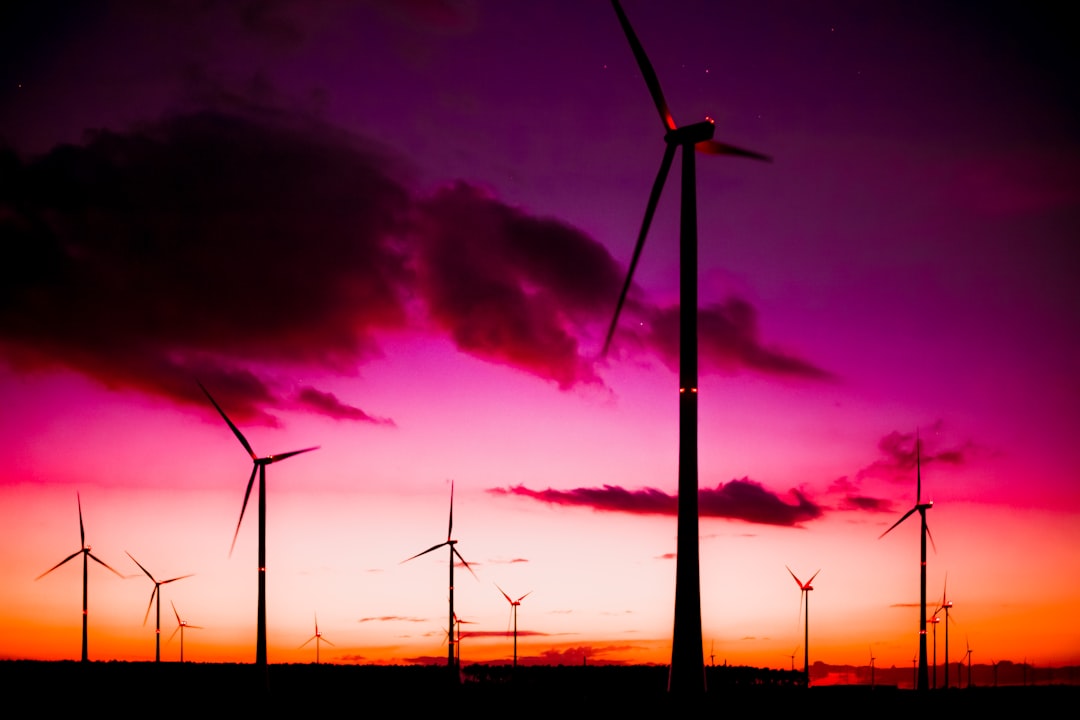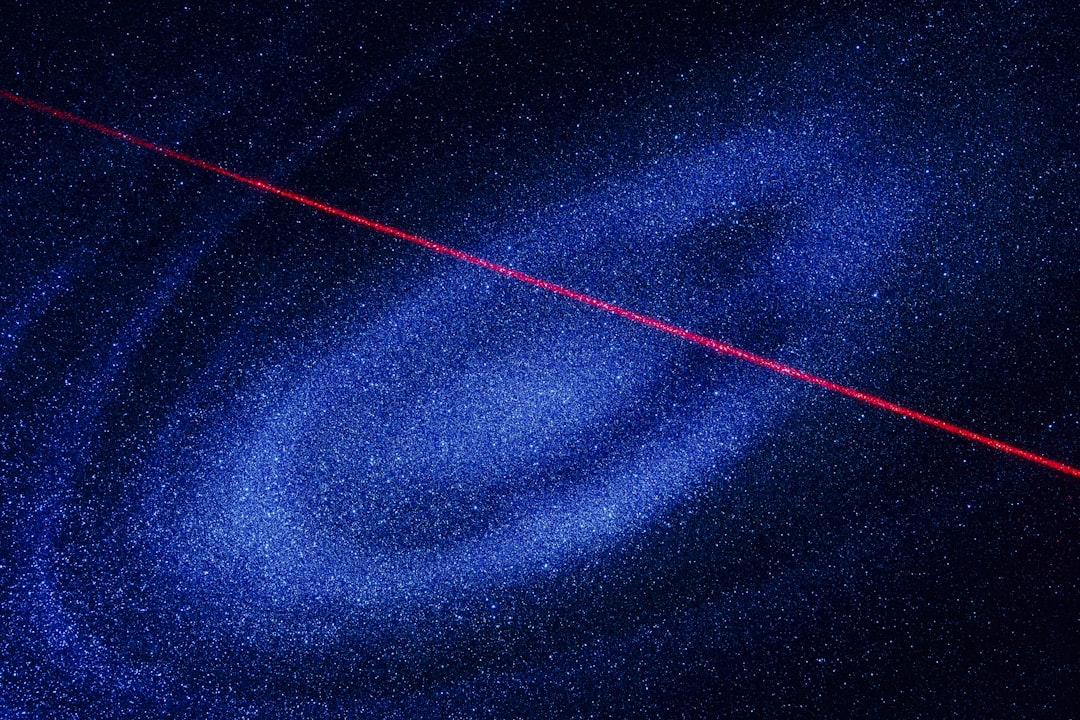What is it about?
When a fluid moving in some direction is strongly rotated about that direction (i.e., swirled) it ends up stagnating and a region of reverse flow develops spontaneously, referred to as vortex breakdown (VB). Benjamin (1962) proposed that this abrupt flow reversal is analogous to the abrupt change seen in normal shock waves or hydraulic jumps and used models for the latter to predict when VB would occur and how the flow downstream of VB would look like. Wang and Rusak (1996) built on this model by assuming that the downstream region must contain a stagnation (zero velocity) region. I've assessed these two theories by numerical solving for the downstream states predicted by these for different upstream flow conditions. I've shown that Benjamin's predictions display trends opposite to experiments. This is because unlike shock waves, where the flow becomes more 'supersonic' when the 'Mach number' is increased, the flow becomes more 'supercritical' when the 'swirl number' is reduced. Wang & Rusak's theory is better, but I've shown that it predicts that the stagnation zone will increase in radius unboundedly if it is not stopped by a wall, which is not the case in experiments. Since this theory assumes viscosity is negligible, I've suggested that viscosity is the reason why you don't get huge radial expansion downstream of VB.
Featured Image

Photo by Nikolas Noonan on Unsplash
Why is it important?
Vortex breakdown (VB) is usually assumed to be like a shock wave. While these two seem similar, this study shows this is not correct. Further, the study shows the shortcomings of popular theories in modelling VB. The study clarifies misconceptions and hopefully paves the way for rethinking how to model VB occurring in real flows.
Read the Original
This page is a summary of: An assessment of theories modeling vortex breakdown as a transition between cylindrical flow states, Physics of Fluids, December 2020, American Institute of Physics,
DOI: 10.1063/5.0030182.
You can read the full text:
Contributors
The following have contributed to this page










